Fifth Sunday of Lent
“I am going to open your graves, and bring you up from your graves, O my people; …I will put my Spirit within you, and you shall live…” Ezek. 37: 12,14.
“If the Spirit of God who raised Jesus from the dead dwells in you, he who raised Christ from the dead will give life to your mortal bodies also through his Spirit that dwells in you.” Romans 8:11
“I am the Resurrection and the Life. Whoever believes in me, even though they die, will live, and everyone who lives and believes in me will never die.” John 11: 25-26
The message for this 5th Sunday of Lent holds up to us two promises: the coming of the indwelling, life-giving Spirit, and the eternal life that Spirit assures. In the first reading, Ezekiel prophesies both the future gift of the Spirit and the resurrection to come. Paul speaks to the early Christians living that promise in their now reality and assuring them of the life to come. Then Jesus, raising his friend Lazarus from the dead, demonstrates the truth of his power over death, and speaks clearly that He is the Resurrection, and that all who live in him, will never die.
Image: Unsplash/Paul Keiffer
We have heard and read these passages so often that sometimes they don’t really sink in. Like Martha, we know and believe that we will “rise again at the resurrection on the last day”. But do we realize that the life we will experience when that day comes is not a new life, to be given to us as a reward for living a good life here. It is, in truth, the fullness of the very life we are living NOW, the life of the Godhead received at our Baptism. The miracle is that by God’s free, deliberate, and loving gift, God infused the very life of the Trinity into us when, in the waters of Baptism, we were buried with Christ and rose to be a totally new kind of human. We are now not just the wonderful stardust of the evolutionary process, but an even more amazing creature: I dare to say, the “God-dust” of a new creation, a human imbued with the very life of the Godhead. That’s a bigger big bang than the first one! So, all our lives, from our Baptism on, our “graves are being opened” and we are rising from the dead by the power of the Spirit who has been given to us. However, like Lazarus when he first came out of the tomb, we are alive, and yet we are still “bound” by the limits of our mortality and need to be unbound and “let go” in order to live this new life to the full. Little by little we need to allow God and life to unbind us, to set us free and thus to reveal the wonder of the new creation that we are.
Image: Unsplash/Pisit Heng
So, I ask: What is the unbinding that is taking place in my life this lent? Could it be letting go of resentments? Changing attitudes of discrimination, judgment, or non-inclusion? Seeking comfort or pleasure a little less avidly? or reaching out to unbind someone else who needs to be set free? Whatever that unbinding might be, I invite Jesus, to come and awaken me. Show me where I am asleep, still bound, or not letting go. Come Jesus, call out to me, as you did to Lazarus, “come out”, so that I may live more fully the Trinitarian life planted in me at my Baptism so long ago.
-Sister Mary Diesbourg, CSJ













